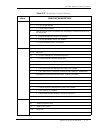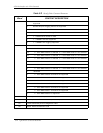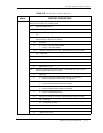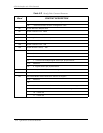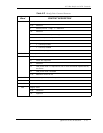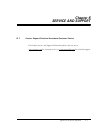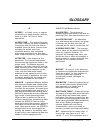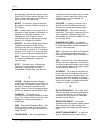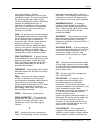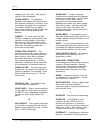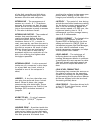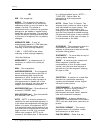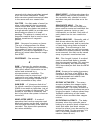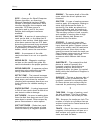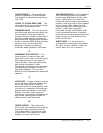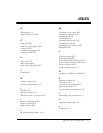
Glossary
Quickview 40 20/30/40GB AT G-5
of the disk controller and disk drive,
that manages the exchange of data
between the drive and computer.
INTERLEAVE – The arrangement of
sectors on a track. A 1:1 interleave
arranges the sectors so that the next
sector arrives at the read/write heads
just as the computer is ready to access
it. See also interleave factor.
INTERLEAVE FACTOR – The number of
sectors that pass beneath the
read/write heads before the next
numbered sector arrives. When the
interleave factor is 3:1, a sector is
read, two pass by, and then the next is
read. It would take three revolutions of
the disk to access a full track of data.
Maxtor drives have an interleave of
1:1, so a full track of data can be
accessed within one revolution of the
disk, thus offering the highest data
throughput possible.
INTERNAL DRIVE – A drive mounted
inside one of a computer’s drive bays
(or a hard disk on a card, which is
installed in one of the computer’s
slots).
J
JUMPER – A tiny box that slips over
two pins that protrude from a circuit
board. When in place, the jumper
connects the pins electrically. Some
board manufacturers use Dual In-Line
Package (DIP) switches instead of
jumpers.
K
KILOBYTE (Kb) – A unit of measure
consisting of 1,024 (2
10
) bytes.
L
LANDING ZONE – A position inside the
disk’s inner cylinder in a non data area
reserved as a place to rest the heads
during the time that power is off. Using
this area prevents the heads from
touching the surface in data areas upon
power down, adding to the data
integrity and reliability of the disk drive.
LATENCY – The period of time during
which the read/write heads are waiting
for the data to rotate into position so
that it can be accessed. Based on a
disk rotation speed of 3,662 rpm, the
maximum latency time is 16.4
milliseconds, and the average latency
time is 8.2 milliseconds.
LOGICAL FORMAT – The logical drive
geometry that appears to an AT
system BIOS as defined by the drive
tables and stored in CMOS. With an
installation program like Disk Manager,
the drive can be redefined to any
logical parameters necessary to adapt
to the system drive tables.
LOOK AHEAD – The technique of
buffering data into cache RAM by
reading subsequent blocks in advance
to anticipate the next request for data.
The look ahead technique speeds up
disk access of sequential blocks of
data.
LOW-LEVEL FORMATTING –
Formatting that creates the sectors on
the platter surfaces so the operating
system can access the required areas
for generating the file structure. Maxtor
drives are shipped with the low-level
formatting already done.
LOW PROFILE – Describes drives built
to the 3 1/2-inch form factor, which
are only 1 inch high.



